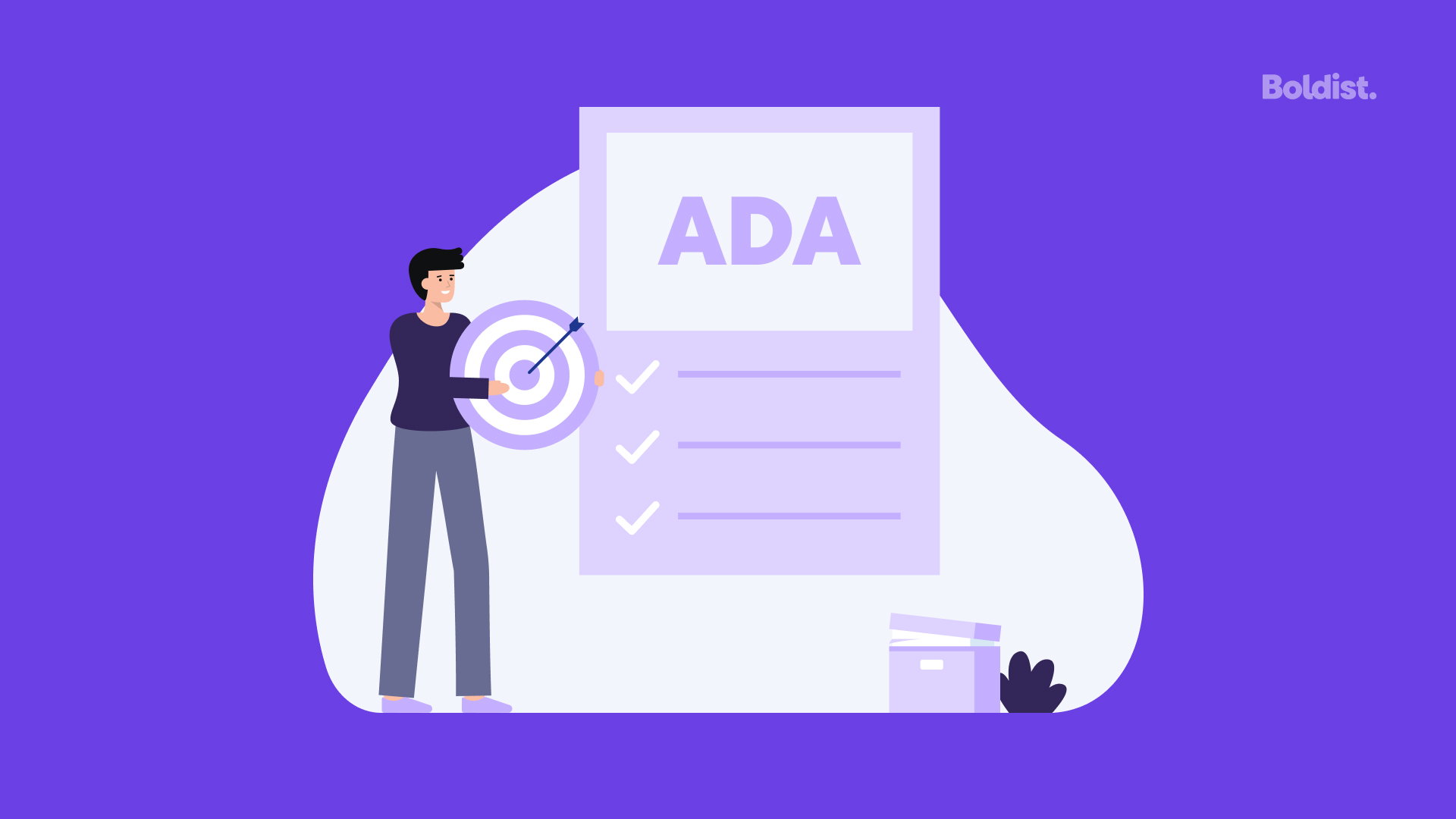As a busy business owner, you’re constantly putting out fires on a day-to-day basis. As a result, you might not be able to research all that is needed to make your website more accessible – you just know you need to get around to it sooner rather than later.
There isn’t a clear definition of what the requirements are when it comes to website ADA-compliance, but businesses that fall under ADA Title I or ADA Title III are required to develop a website that offers “reasonable accessibility.”
Luckily, here at Boldist, we know a thing or two about building accessible, ADA-compliant websites – and can help you avoid potential problems that could damage your brand.
Audit Your Code.
A crucial step in ensuring that your website meets the standards for ADA compliance is running an audit on your website. During the audit, a web crawling tool will identify the areas that do not meet accessibility standards. The results will give you a better idea of the work that lays ahead so you can budget properly. You should also audit your code to ensure it is compatible with assistive technologies, such as screen readers.
Use Alt-Text or Alt-Tags.
Alternative text, or alt-text for short, is primarily used by people who use screen readers to access websites, social media channels, and apps, among other software. Adding an image or graphic to your website without using proper alt-text or alt-tags can be incredibly frustrating for those who are visually impaired.
Like we mentioned in our blog post on making social media marketing inclusive, screen readers automatically recognize images, so avoid describing images as “an image of…” or “a picture of…” Describe each image as concisely as possible. If the image requires a longer description, simply describe it in the website content.
According to WCAG, you should avoid using images with text or displaying important information as an image. If you cannot avoid doing so, ensure that the text on the image is either described on the website or added as alt-text. Functional images used to initiate actions, such as a logo linking to the homepage, should have alt-text that conveys the action that will be initiated.
Additionally, using alt-text and alt-tags on your website will help it perform better in search. It’s a win-win!
Use Fonts That Are Easy To Read.
Avoid overly stylized fonts throughout your websites, such as Ballers Delight or Brush Script. Currently, there are no specific requirements for choosing accessible fonts but easy-to-read ADA-friendly typefaces include Tahoma, Calibri, Helvetica, Arial, Verdana, and good ol’ Times New Roman. These fonts are basic, simple, and to put it simply – no frills.
While there is no official minimum size for website use, we recommend using between 12px and 16px and making sure there is an appropriate color contrast between the background and the text. Problematic color combinations include red and green, green and brown, green and blue, blue and gray, blue and purple, green and gray, and green and black.
Make Website Navigation Logical.
An ADA-compliant website should operate in a comprehensive, predictable way, allowing users to easily navigate. Accessible, intuitive navigation and design can include everything from making sure your headlines and spacing are consistent, to uncluttered design, to ensuring your website can be navigated using a keyboard and is pause-friendly. Your website should be structured in a way that puts the user first and avoids user error.
Create Transcripts For Video And Audio Content.
Your accessible website needs to offer users with various disabilities equal access to information. Transcripts of audio, providing audio description and providing closed-captioning on your website allow users with visual and hearing disabilities to engage with your website and content. Let your users decide when to interact with your videos and remove any videos that auto-play.
It is important to remain up-to-date on web content accessibility standards, which are constantly evolving as new technologies continue to emerge. Some accessibility guidelines require extra work, but ADA compliance has many benefits such as helping you reach a wider audience, improving your search engine results and giving you an advantage over your competitors!

